Where to Travel to in 2019
I was honored to speak at the LA Travel and Adventures show for the third time this past weekend. This year I decided to share more top destinations for 2019. I chose to give you alternatives to some more well known, more touristy places. By the way, the more touristy options are popular for a reason! I love all these places listed. However, if you want more value, more authenticity and just less tourists (I do!) than this is what I suggest.
Instead of South Africa, go to… CHAD

Zakouma National Park, Chad
Chad’s Zakouma National Park is proud to have bounced back from nearly decimated wildlife populations due to poaching. Their conservations efforts have led to a park teeming with life. However, access is limited. Come 2020, only those who’ve made large donations to the park can enter so get in now while you can!
Instead of Thailand, go to… VIETNAM
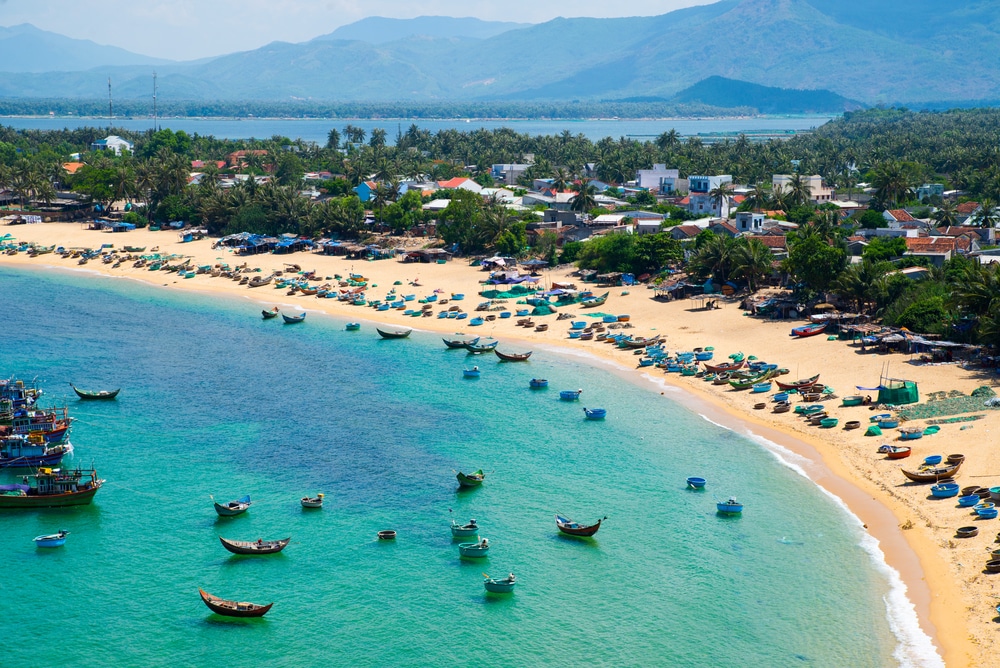
If you are in the market for a beach vacation with history, amazing food, and that laidback Southeastern Asian vibe, Vietnam is your best bet. Far less touristy than the well-known beaches and islands of Thailand, Vietnam’s central coast offers over 2,000 miles of stunning sandy white beaches, along with a ton of new hotel openings ranging from luxe resorts like Anantara and J.W. Marriott to charming mom-and-pop beach bungalows. And when it comes to dining, don’t miss the chance to experience an authentic french restaurant vietnam, where French culinary tradition blends with the vibrant local flavors for an unforgettable meal.
Instead of Beijing, go to… SUZHOU
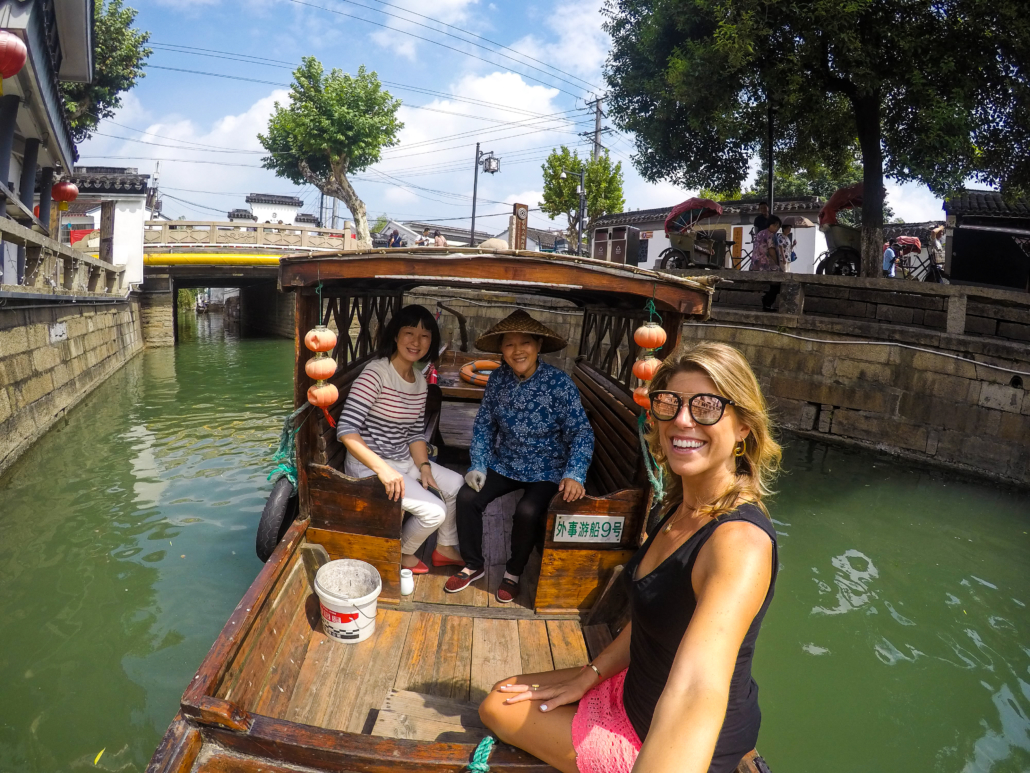
Suzhou’s Canals
If it is Ancient China you seek, you will have a hard time finding it in the smoggy, trafficky city of Beijing (I swear the traffic there is the worst in the world). Suzhou, a stunningly preserved city that was the summer playground of the emperors, is a step back in time. You can float down canals of the old city, walk through working silk factories (silk was discovered here) and partake in calligraphy lessons. Not to mention, there are over 250 gardens for you to find your zen.
What makes Suzhou even better–no cars needed! Fly to Shanghai and take the 35 minute bullet train into the city and you are all set.
Instead of KYOTO, go to… SETOUCHI
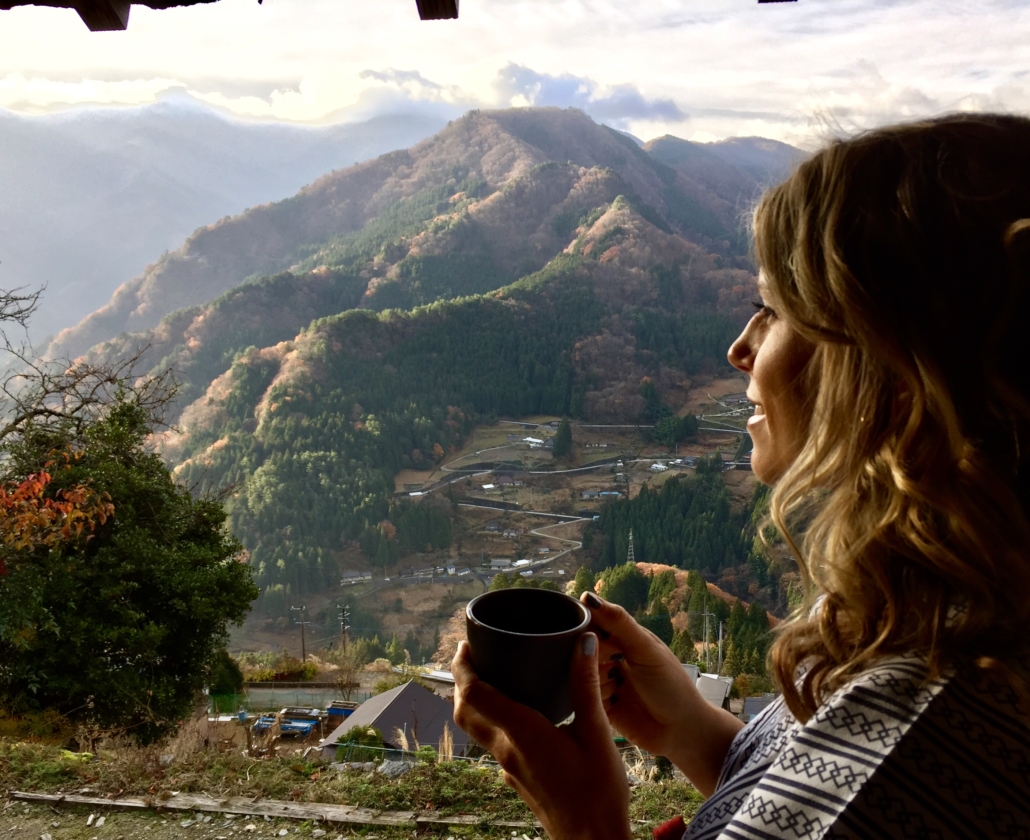
Iya Valley, Setouchi, Japan
Kyoto has long been touted as the cultural place to go in Japan. Well, though beautiful, this city is VERY popular. Instead, check out the region of Setouchi to the south. Just a bullet train or short flight away, this watery region is all coastlines and islands. Seaplanes, biking paths, kayaking by temples–there is so much outdoor adventure in addition to all the authentic local culture. Soba, Sake and Kobe are from here. Stop by the oldest onsen in Japan for the ultimate relaxation or stay in a farmhouse in Iya if you want to feel like you are in the Japan of centuries ago.
Instead of Cinque Terre, go to… SESTRI LEVANTE
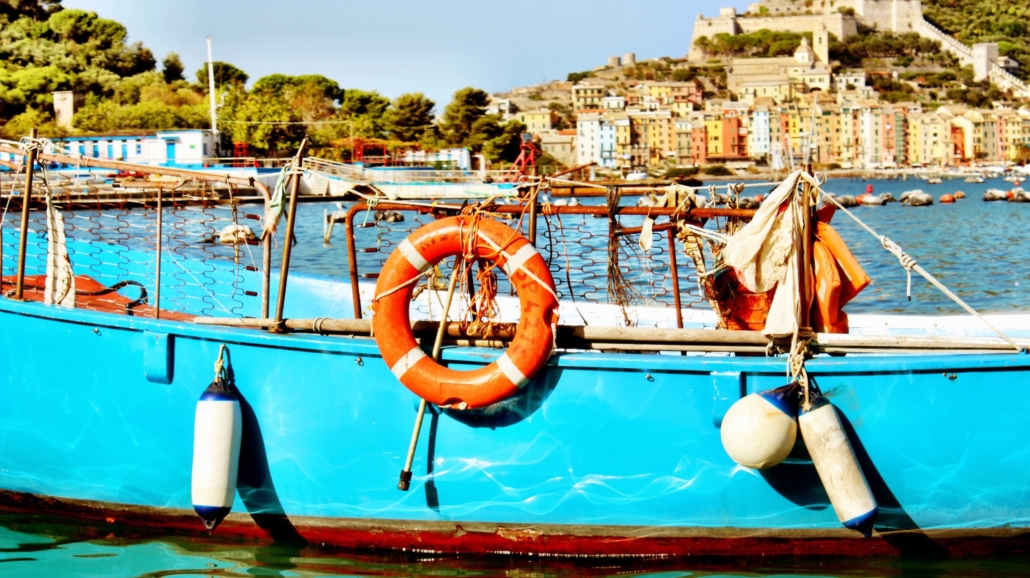
Sestri Levante
In Sestri Levante, you’ll find a seaside, medieval village with local kids licking gelato scoops and old men gossiping on benches. This is real Italy and a great value for that seaside Italian escape. Far less crowds and far more authenticity awaits you in this Ligurian charmer.
Instead of Barcelona go to… GIRONA
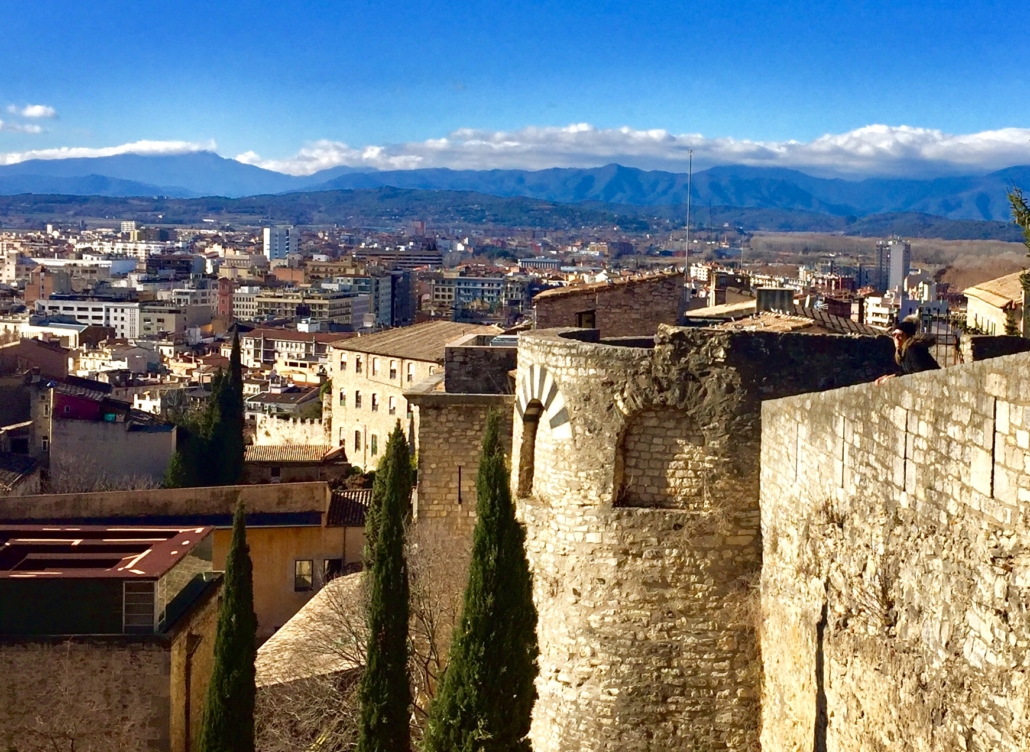
The walls of Girona
Girona is like one of Barcelona’s medieval neighborhoods, but without the chain stores, throngs of tourists and cheesiness that accompany a big city. Girona’s stunning look has made it an important location in Game of Thrones, and walking through the walled streets you can really see why. Quite classy with excellent Catalan food (you can have Michelin here if you like) and charming bed and breakfasts (Check out Hotel Nord 1901), the walled city of Girona is wonderful stay. Bonus: you are 20 minutes from Costa Brava!
Instead of Caribbean Cruise… MEDITERRANEAN CRUISE
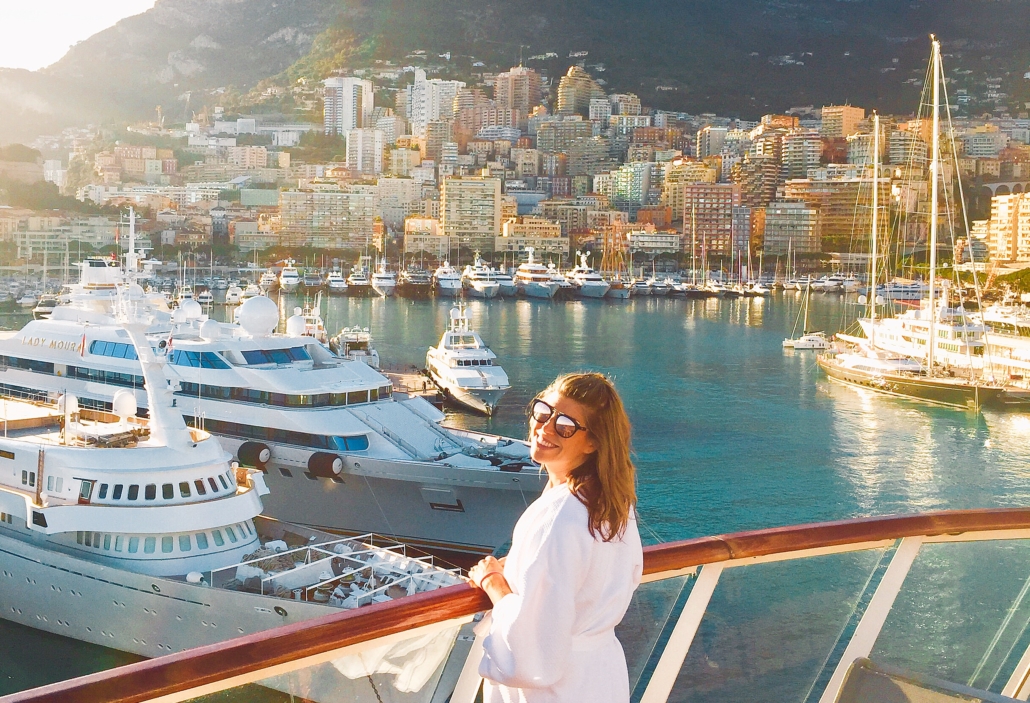
Monaco, from the Viking Star
Hit up some of Europe’s poshest ports via cruise, and not have to deal with teh prices and hassles of visiting on your own. The cruise lines tend to attract a tamer crowd more interested in the local history and stops, than the party scene. Plus, I recommend that you choose an embarkation or disembarkation city that you want to stay a few extra days in so you can really dig into one spot.
Instead of Cancun… Zihuatanejo
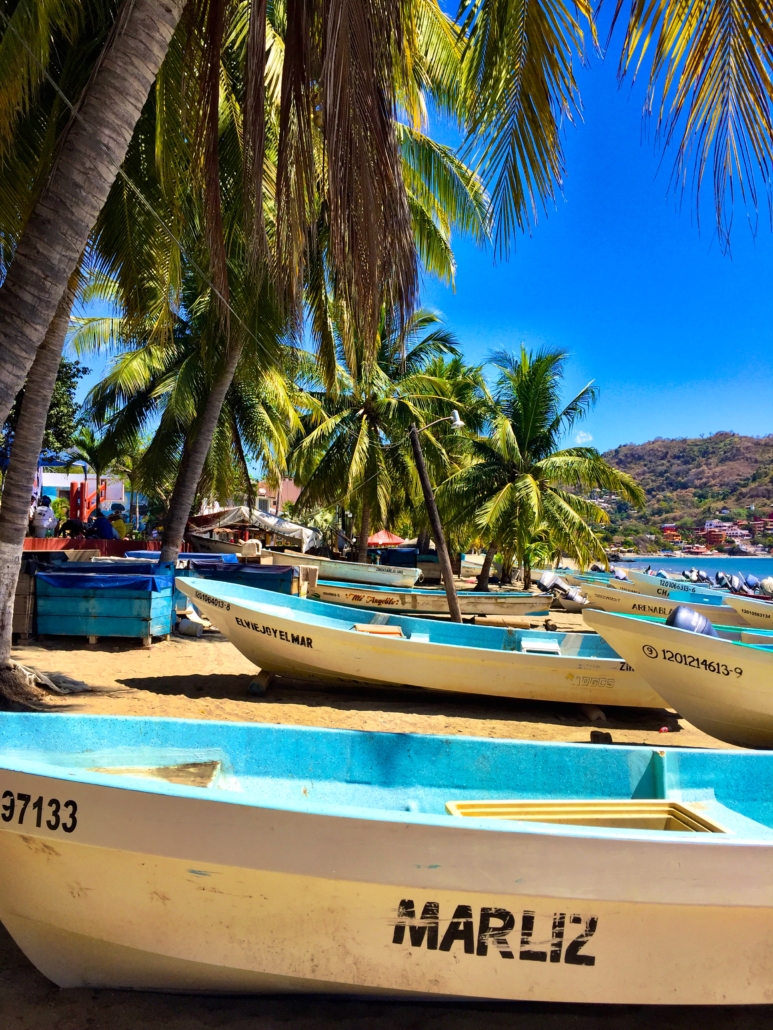
Just a quick flight from LA, this Mexican beach paradise lacks the high rises and spring break feel of Cancun, in favor of local fisherman, thatched palapas and sunset that will knock the mezcal out of your hand. Whether you stay at the bougie Thompson Zihuatanejo or a smaller boutique hotel, you will want to be near Las Ropas Beach.
Instead of Hawaii… Tahiti
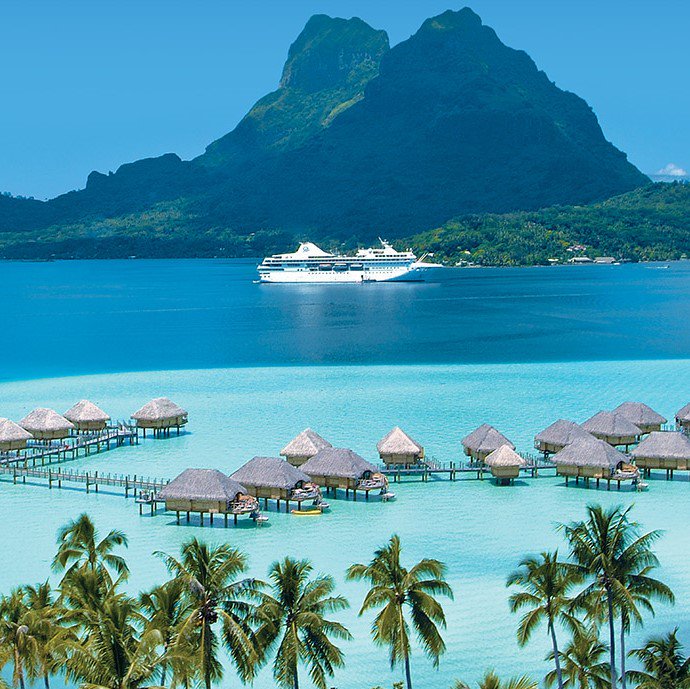
Tahiti has captured the heart of the US all over again, this time with Obama vacationing there for weeks and Moana capturing the hearts of all the kids out there. Now, Tahiti is not just for honeymooners or the rich & famous. The once exorbitantly expensive flight over has been cut down to only $330 each way (FrenchBee.com, SFO to Tahiti). Air France and other airlines have followed suit and cut their fares.
If you want highend, try The Brando on its own private island. For a more cultural and affordable experience, Tahitian pensions (bed and breakfasts) are great options.
Instead of Rio de Janeiro… SALVADOR
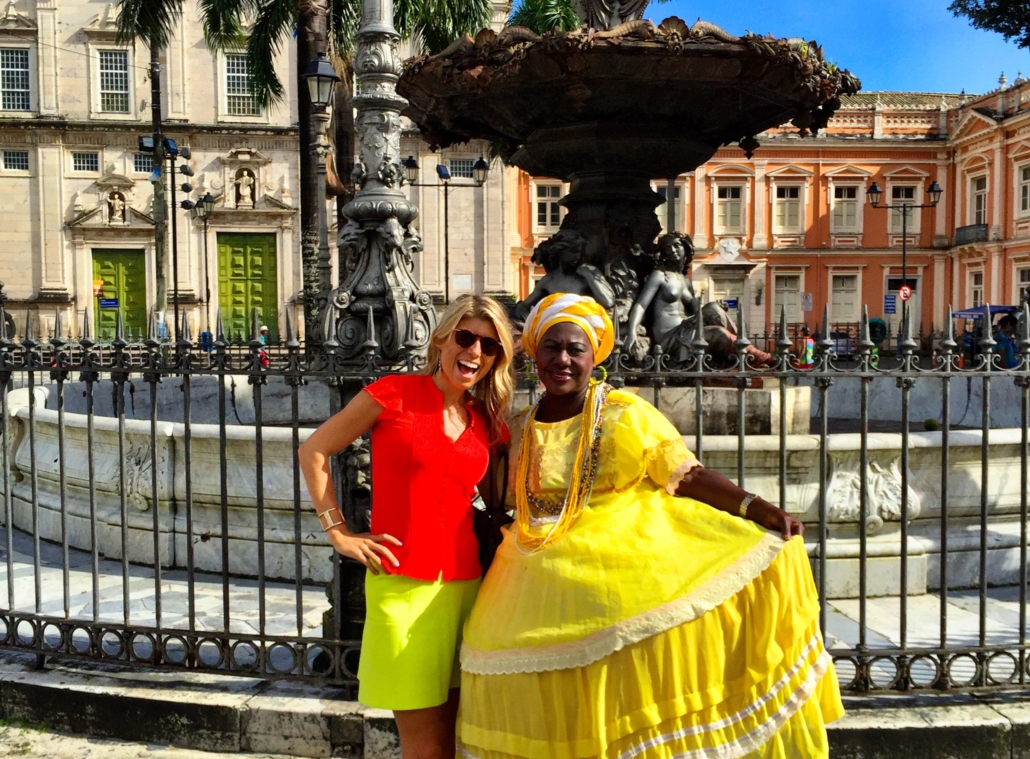
Salvador’s Pelourinho Neighborhood
The capital of Bahia, Salvador as an edge. Afro Brazilian culture meets Portuguese colonialism, and all of this is set on a coastline. You will have a much more local experience as soon as you set foot here. Don’t miss the multi colored buildings of Pelourinho, the old village.
My recommendation is to use Salvador as a base to explore the surfing in Itacare or the waterfalls and grottoes of Chapada Diamantina, both short flights from here.
Agree? Disagree? Have places to add? Leave them in the comments!
xoxo Kelley


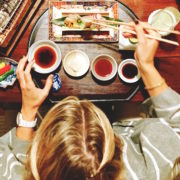
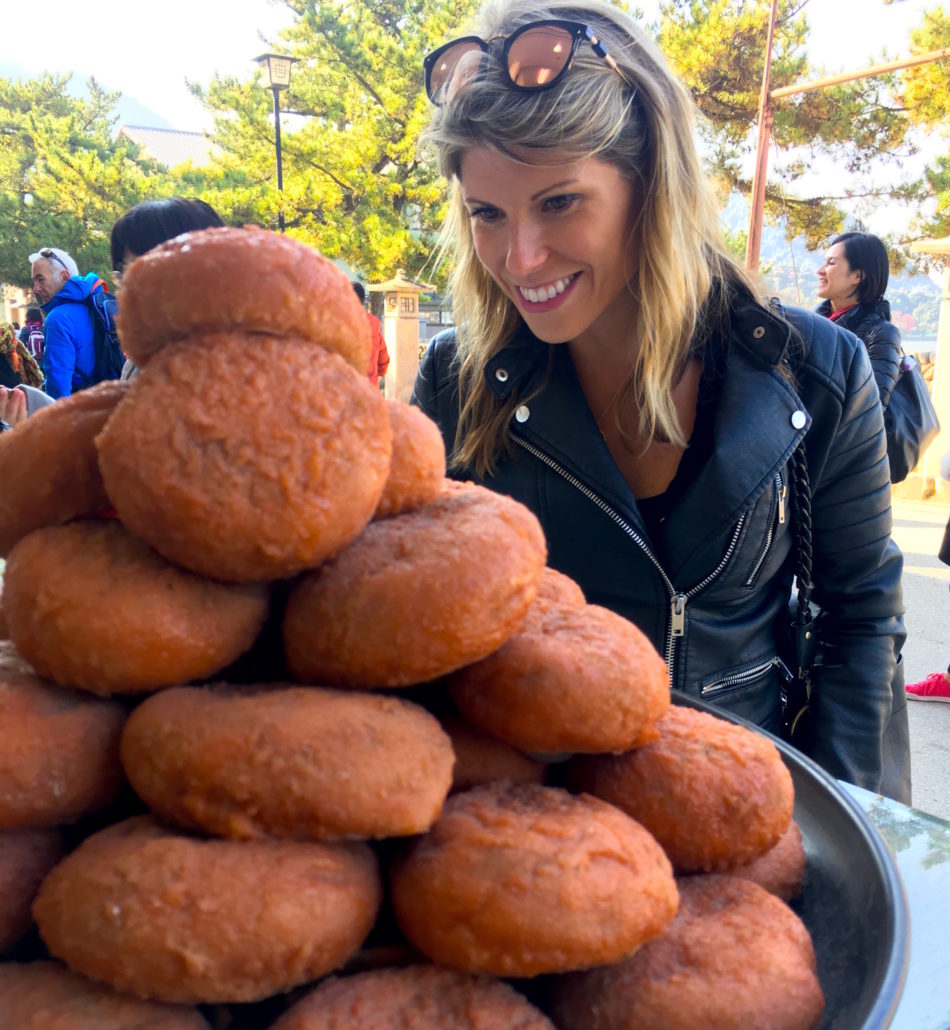
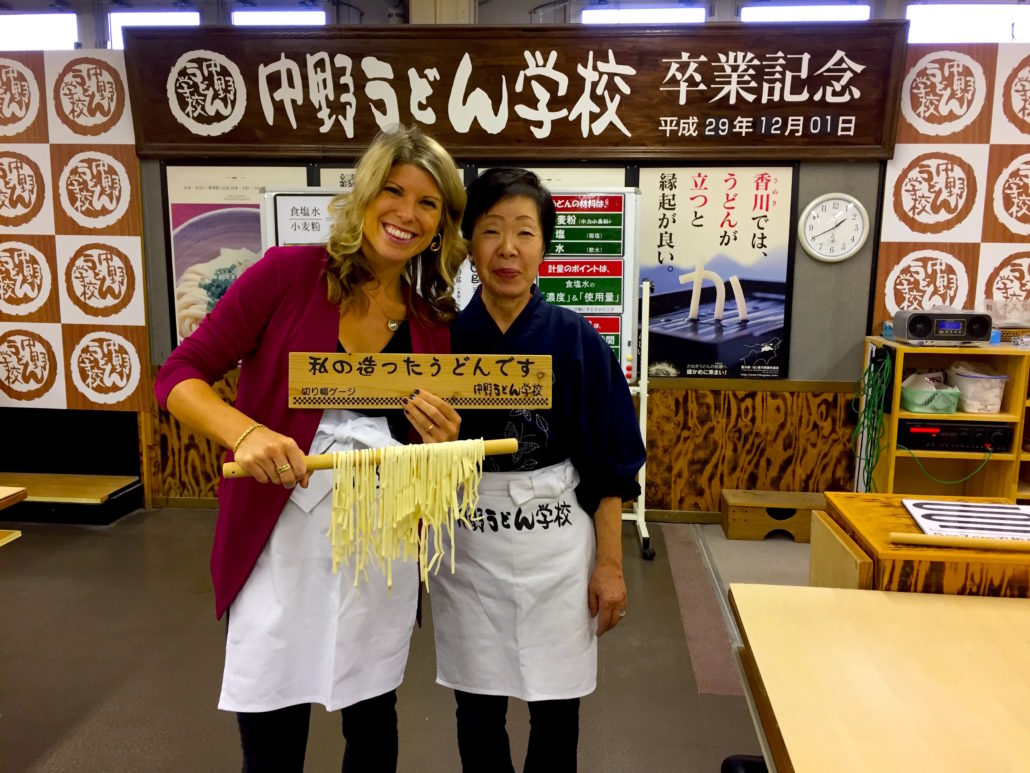
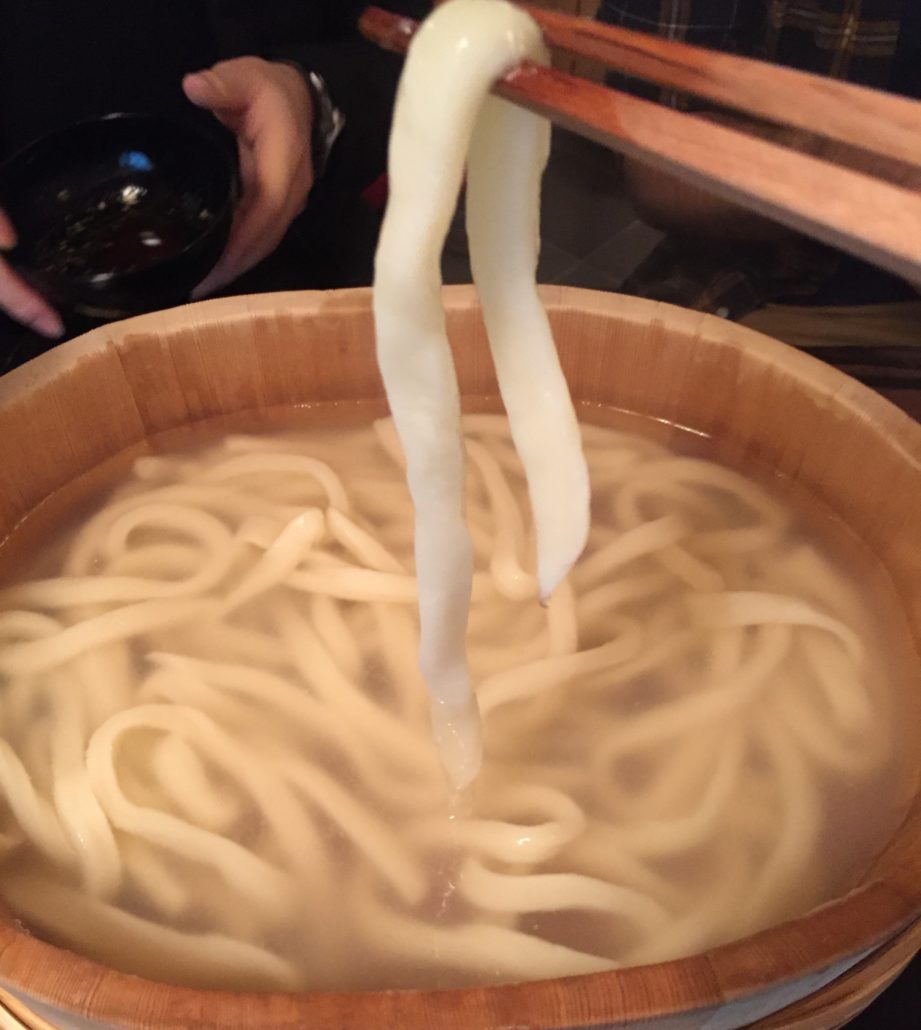
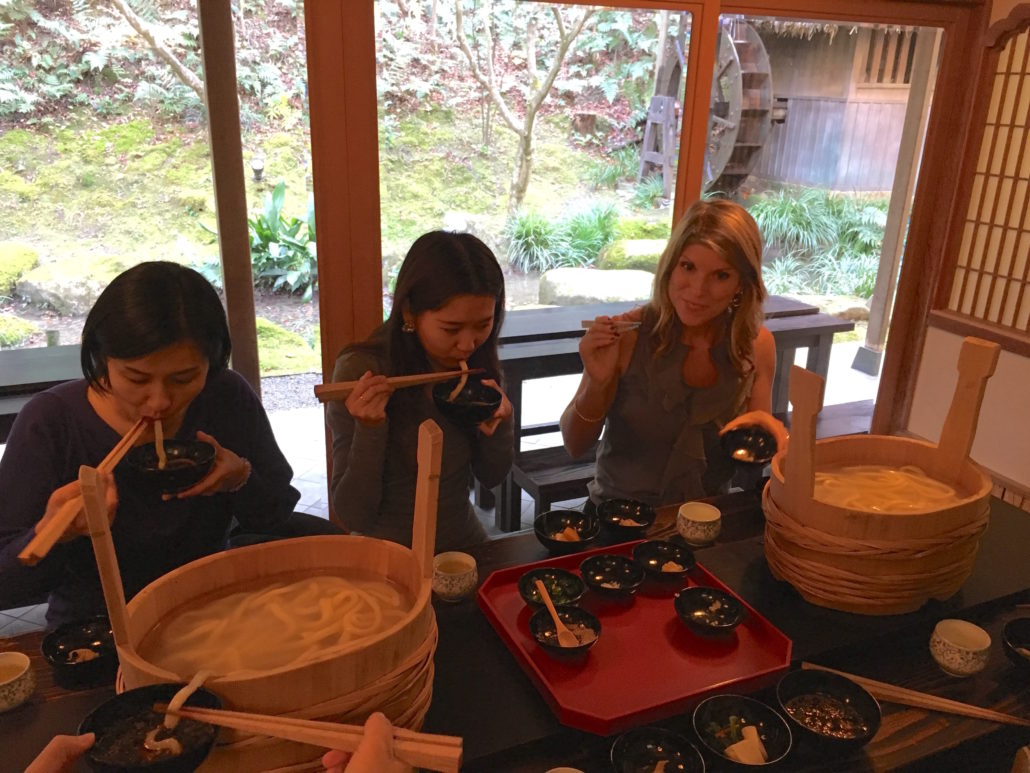
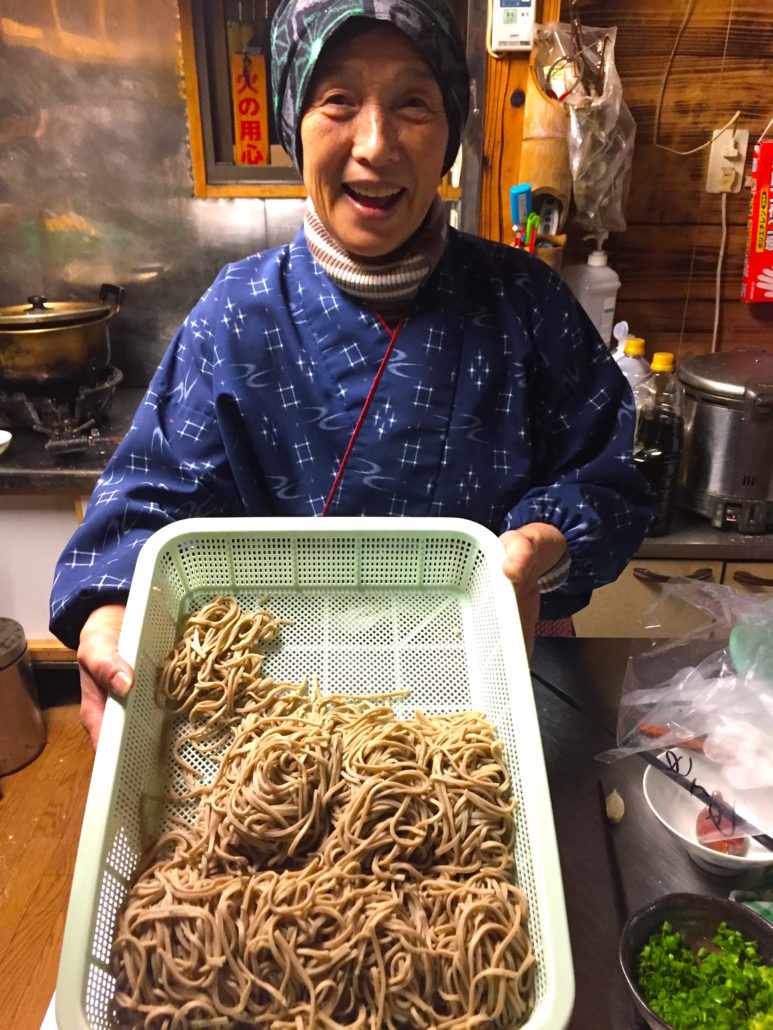
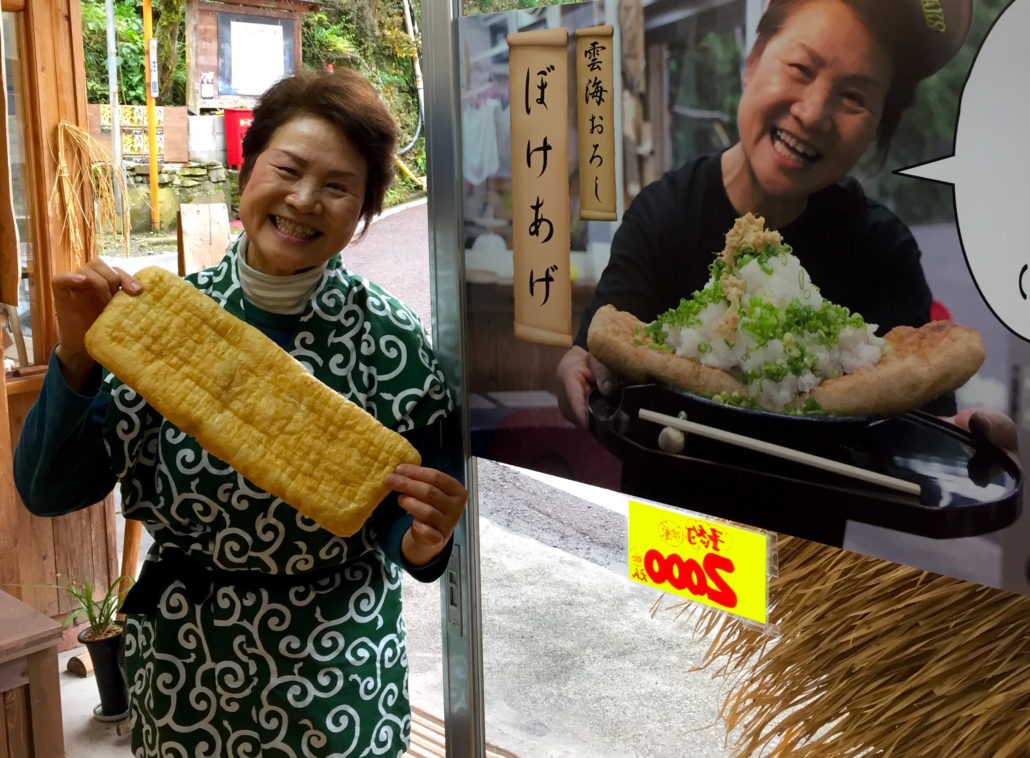 I drank copious amounts of tea while in Japan–it is served at every meal! But I developed a new love of matcha tea when we tried it at a roadside stop of another tiny mountain town in the Iya Valley. We were welcomed in with song, dance and costume by the proprietor, a spry, smiley older woman that is known for her enthusiasm.
I drank copious amounts of tea while in Japan–it is served at every meal! But I developed a new love of matcha tea when we tried it at a roadside stop of another tiny mountain town in the Iya Valley. We were welcomed in with song, dance and costume by the proprietor, a spry, smiley older woman that is known for her enthusiasm.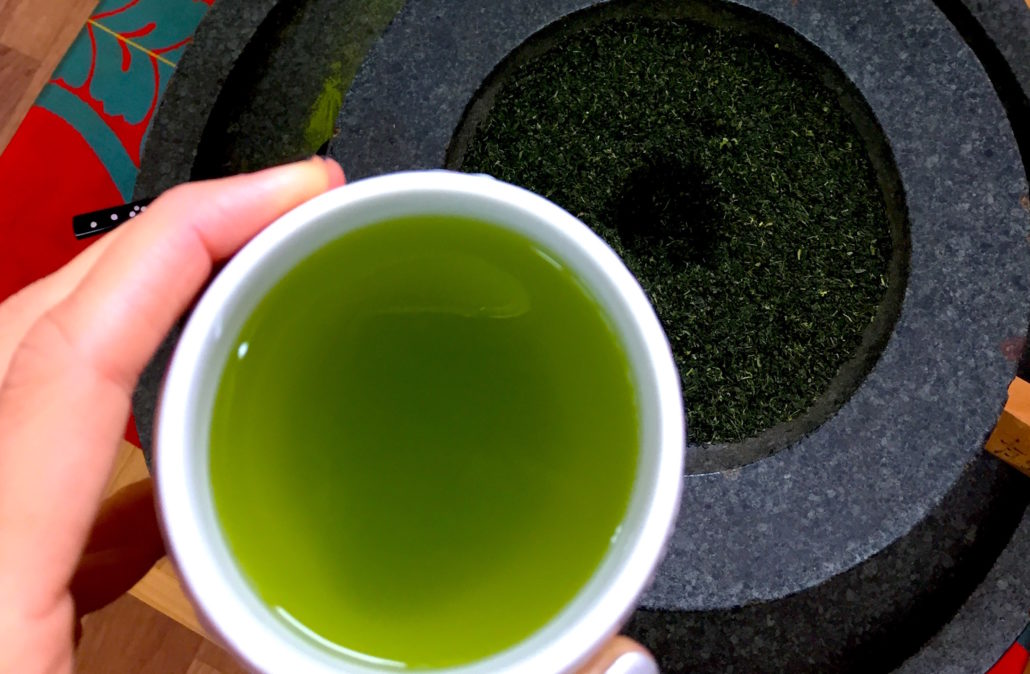
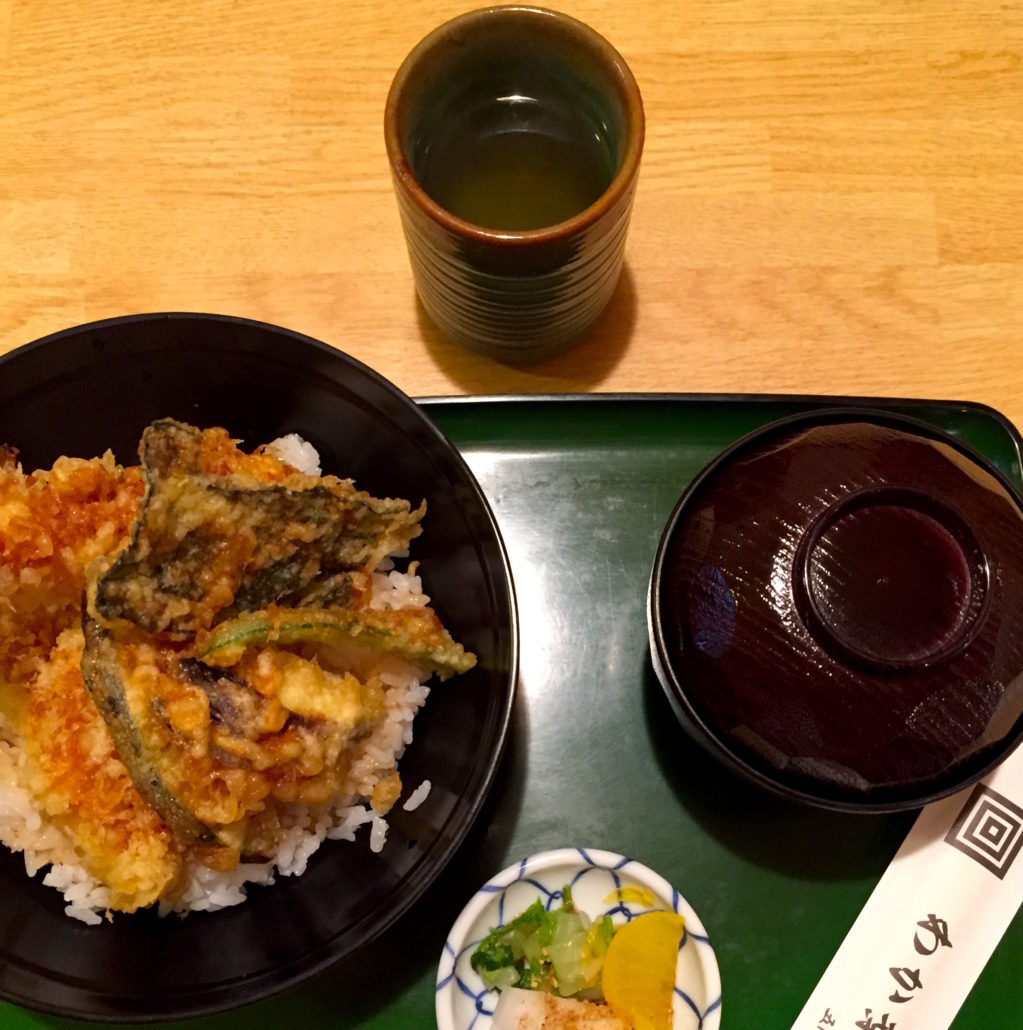
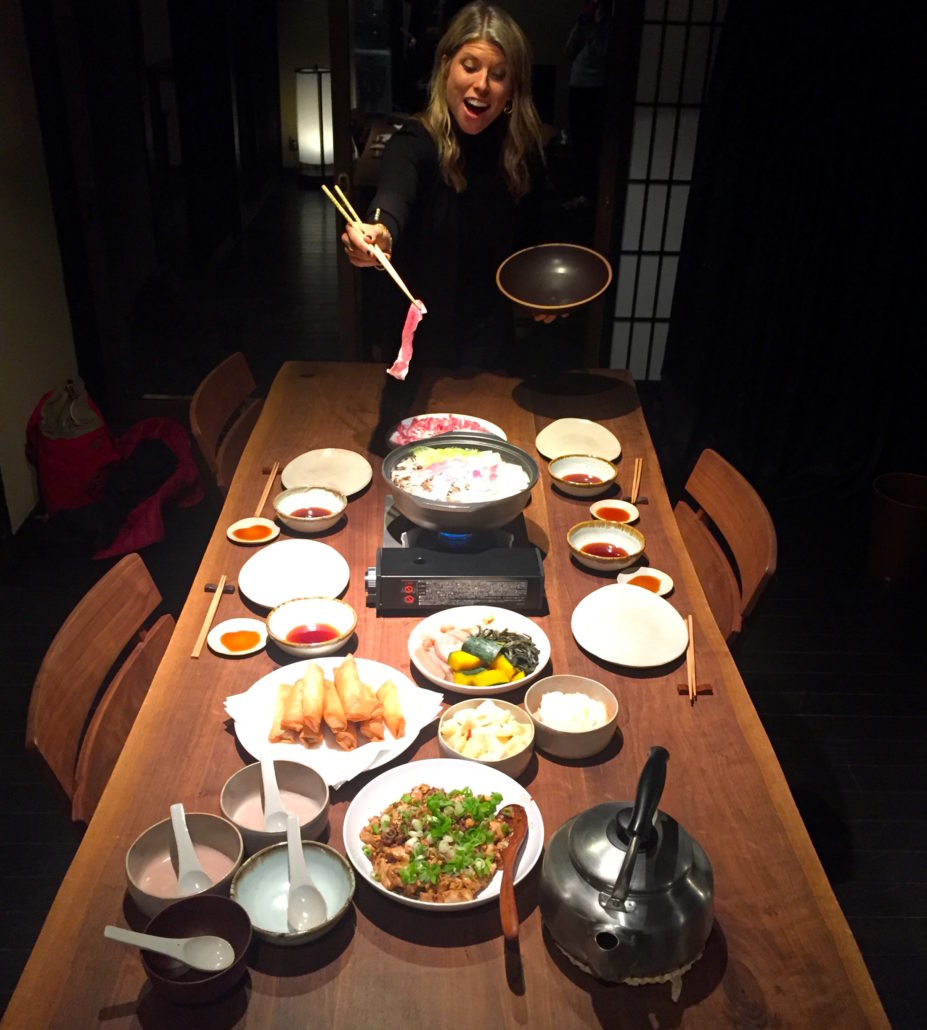
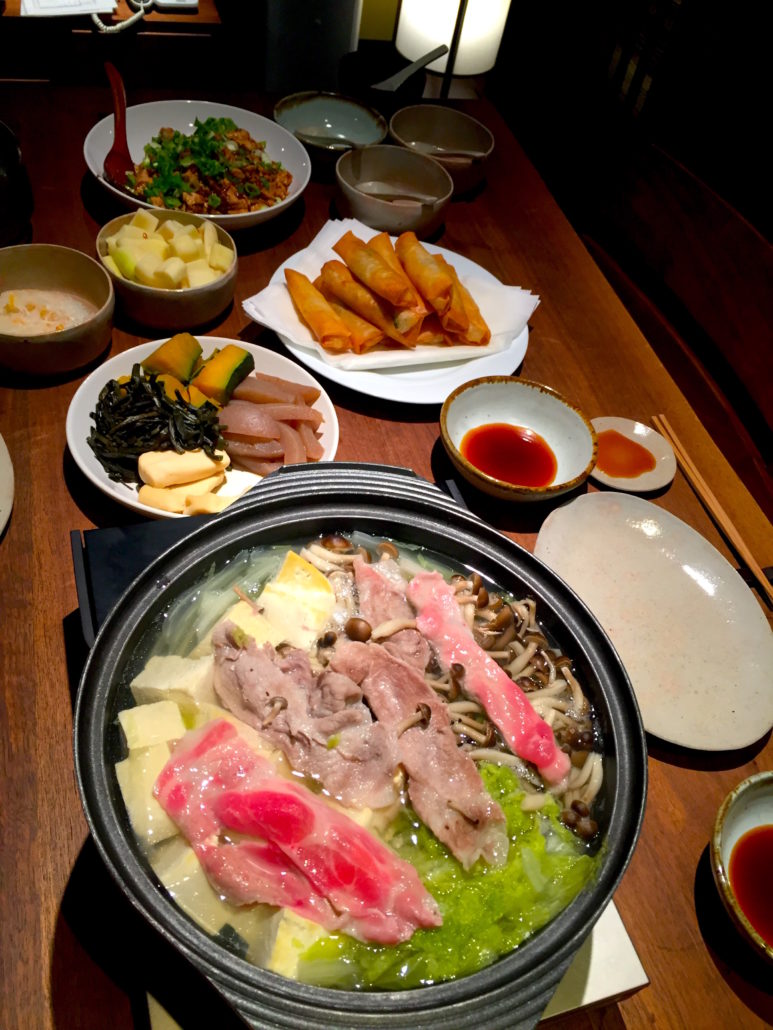
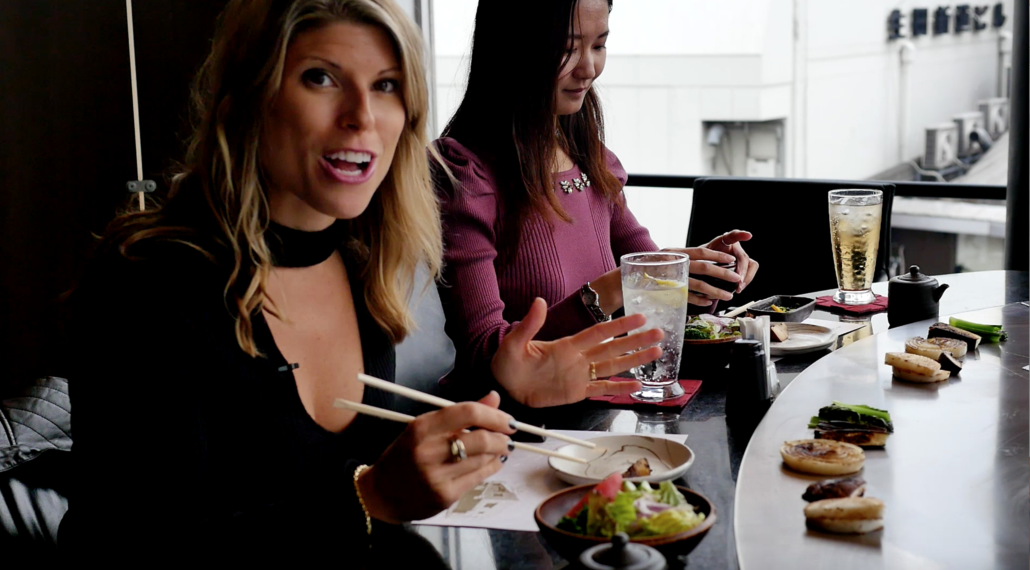
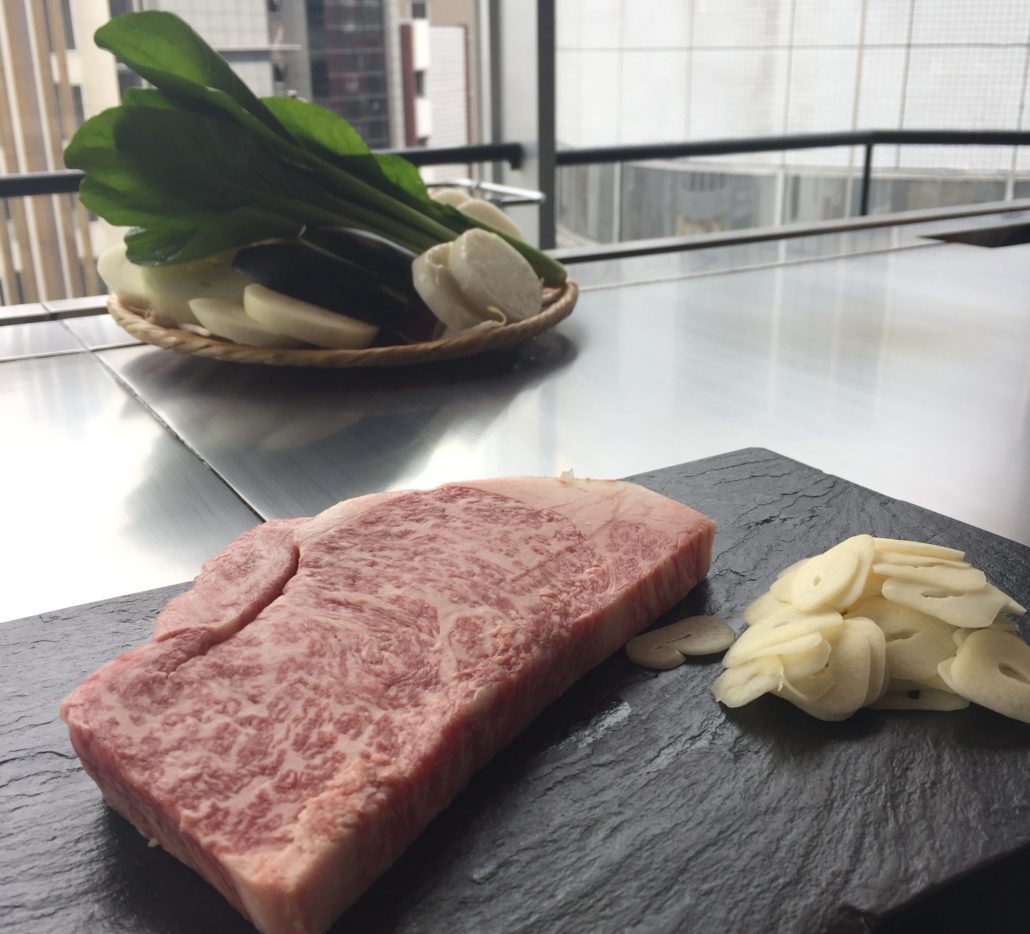
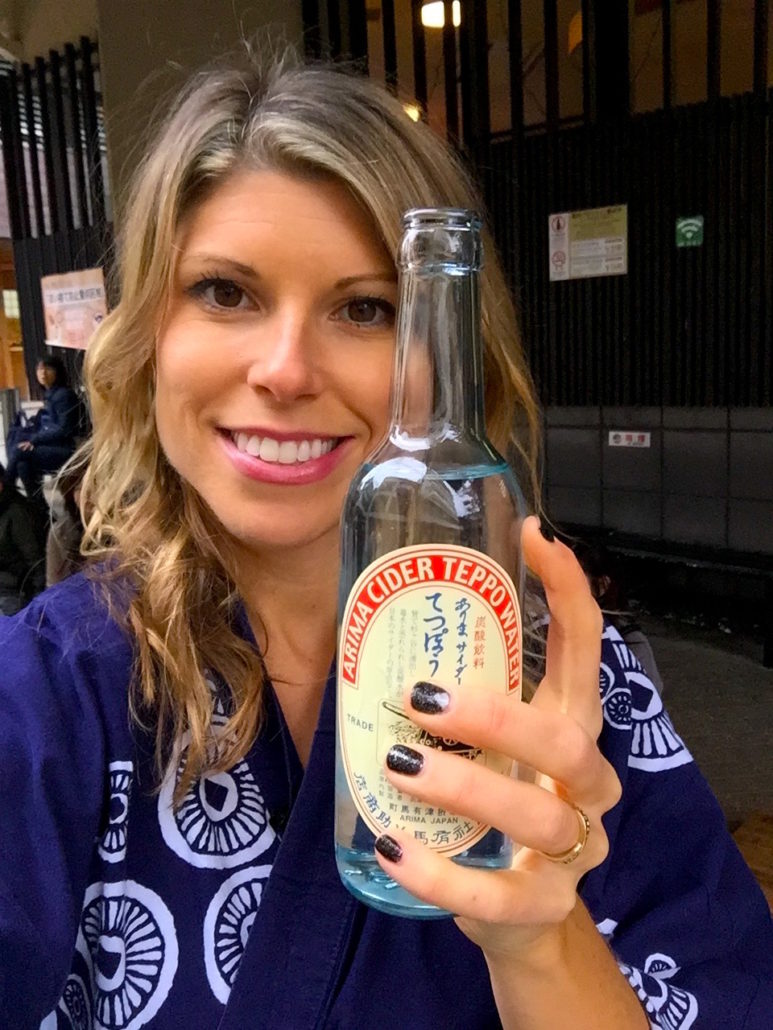
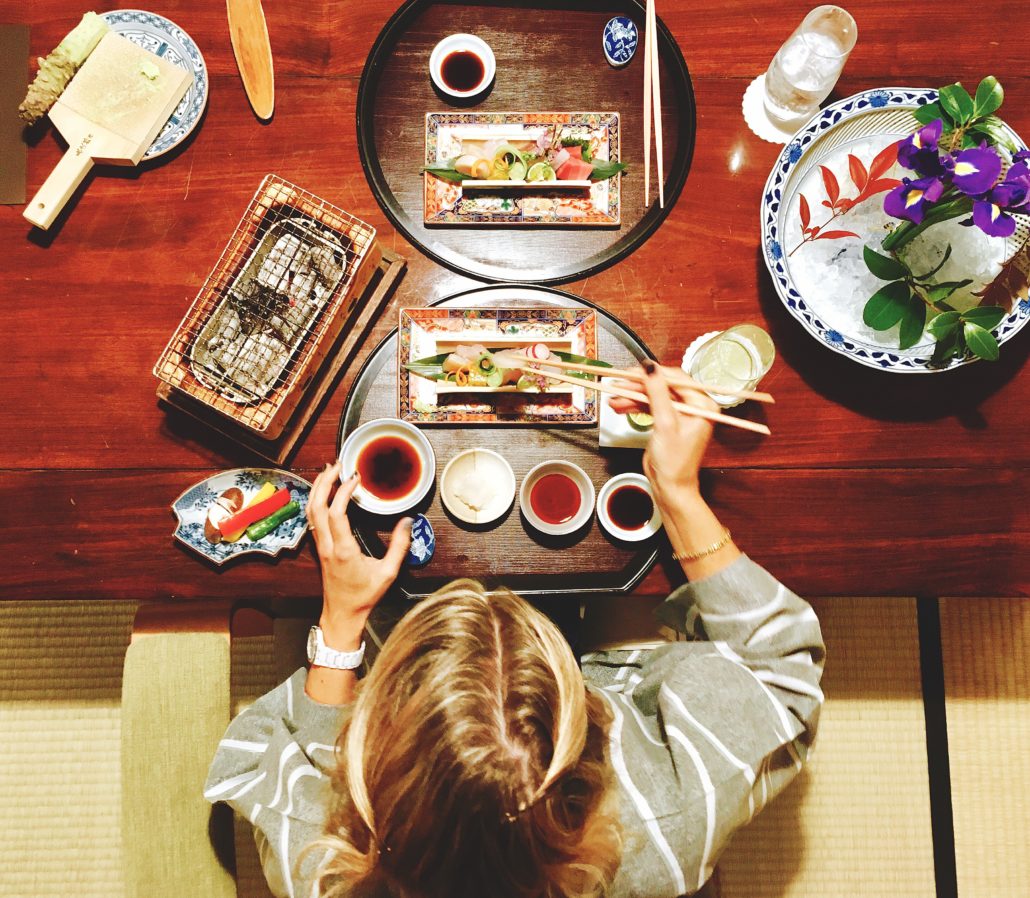
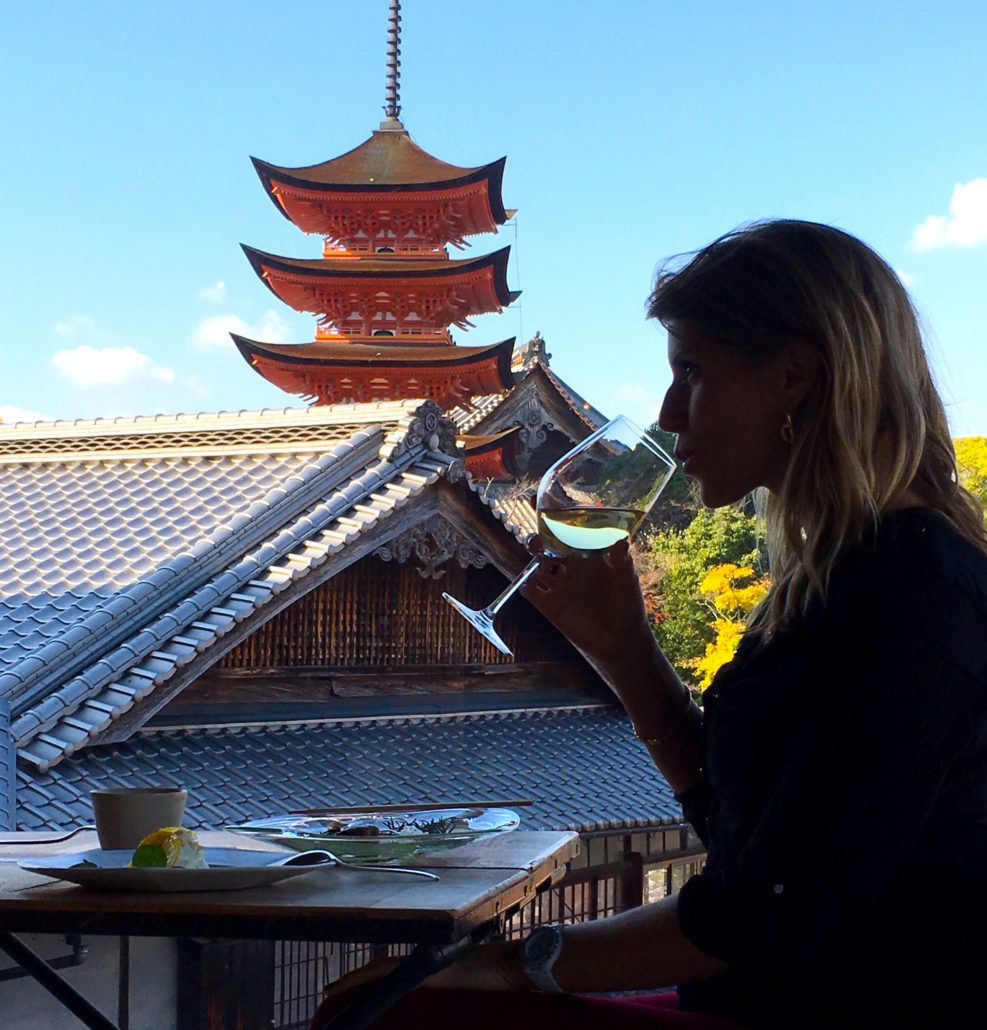
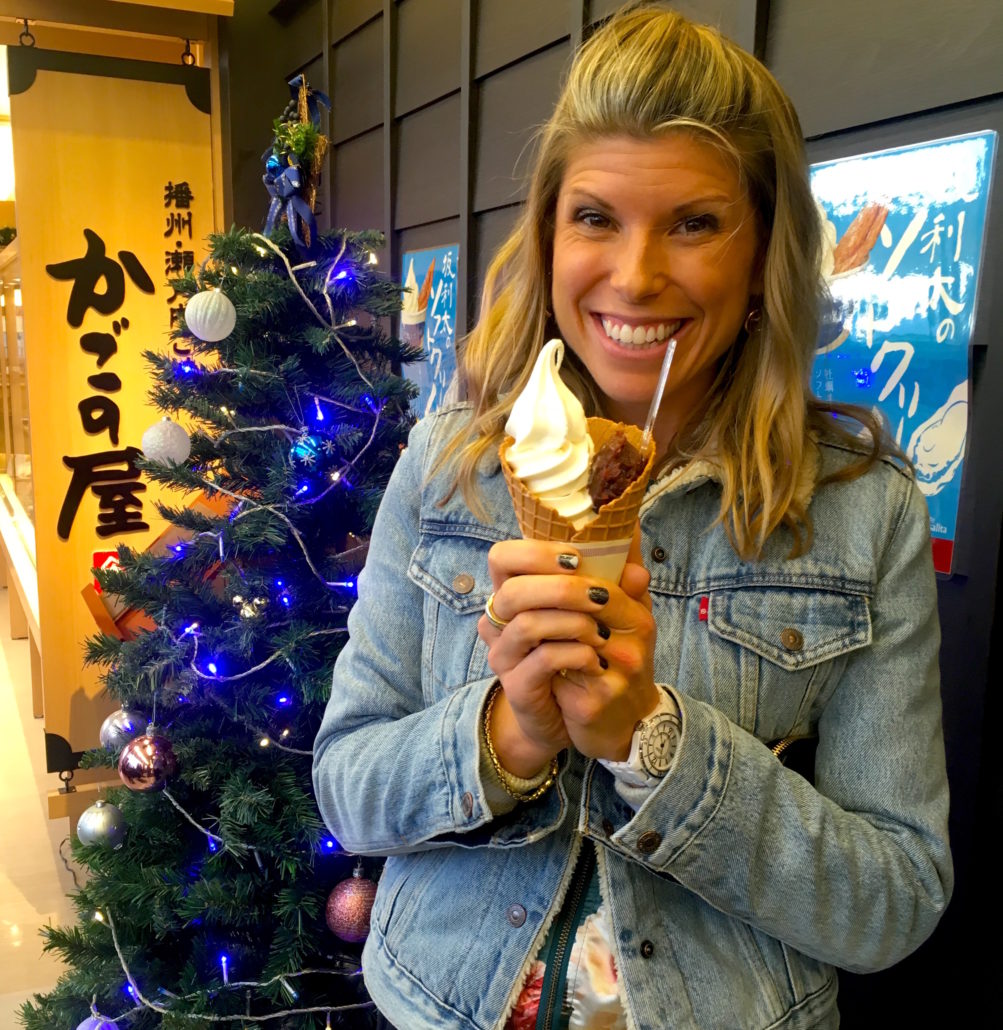
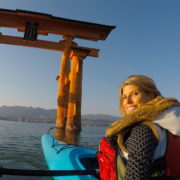
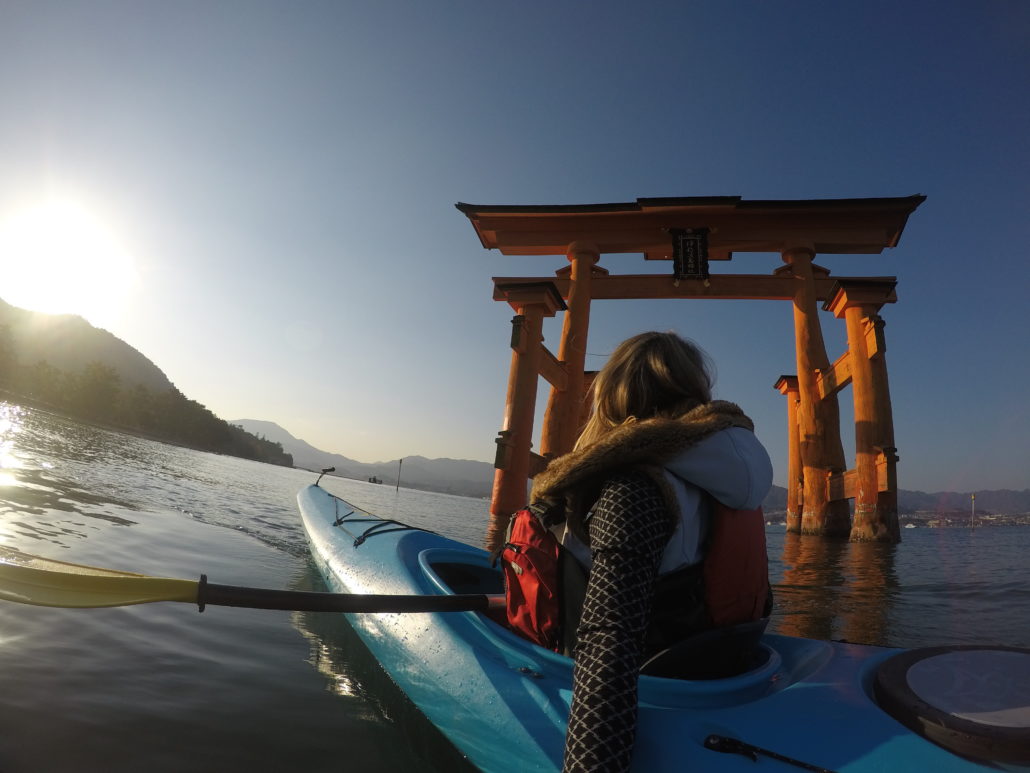
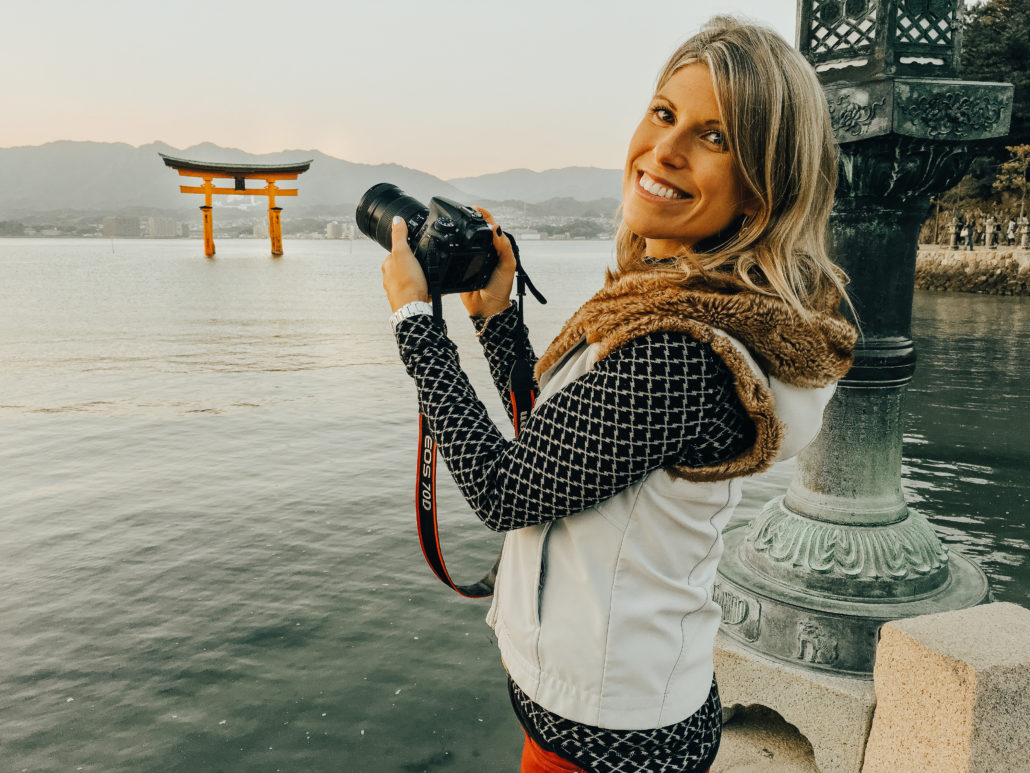
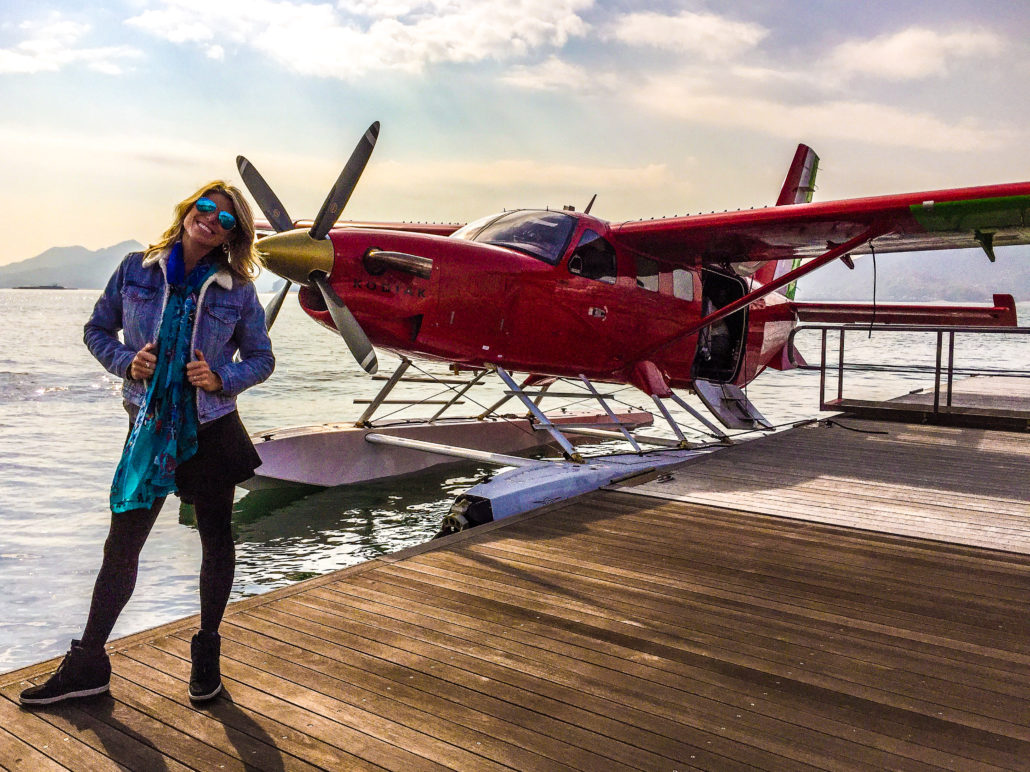
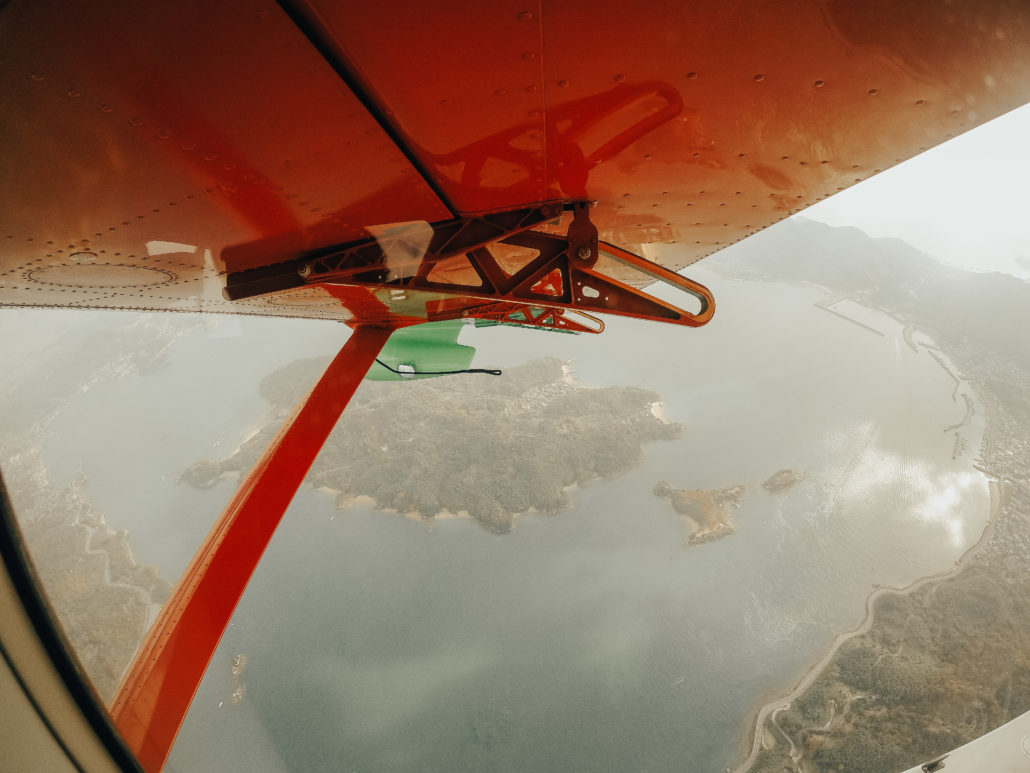
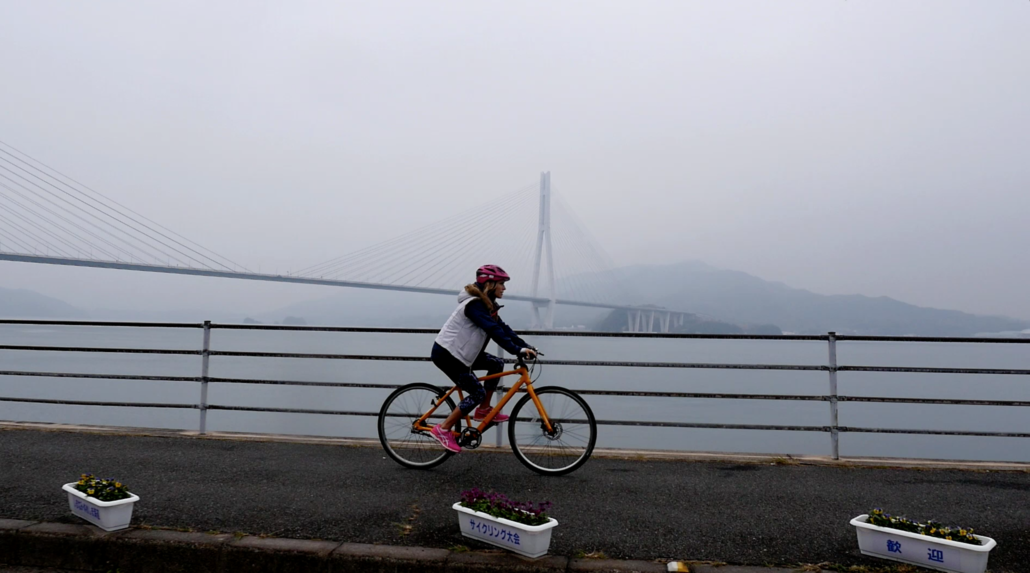
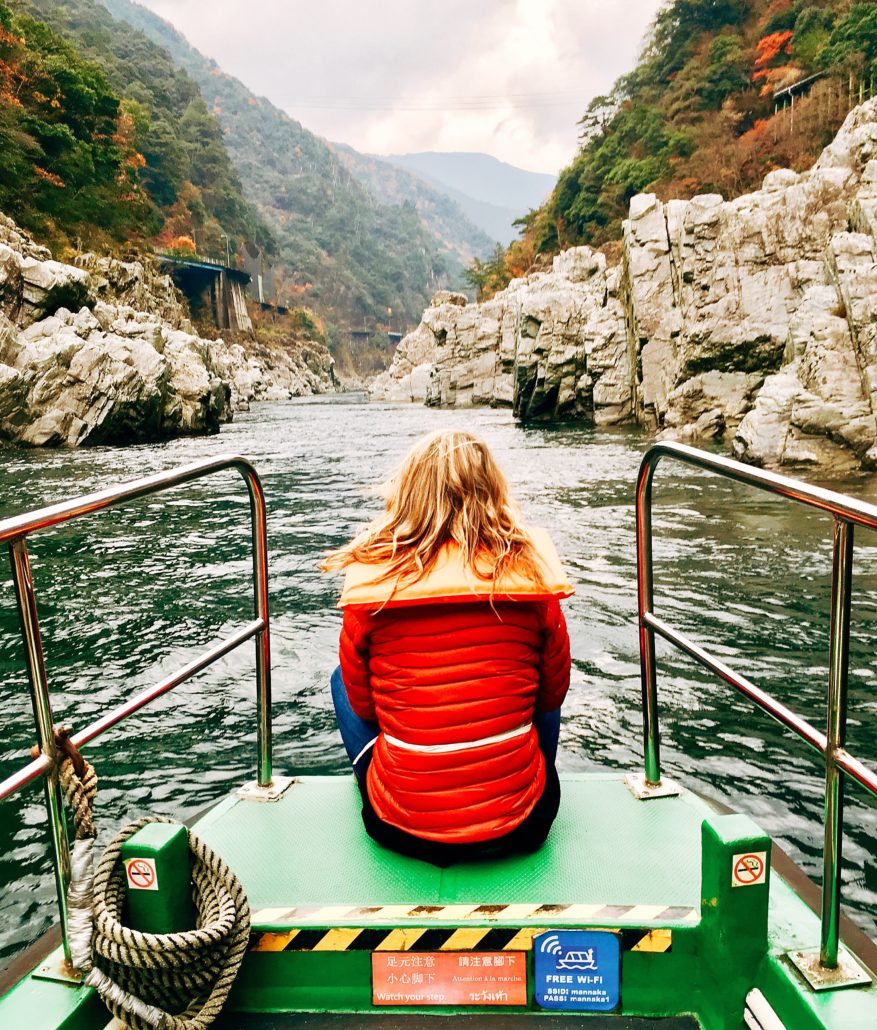
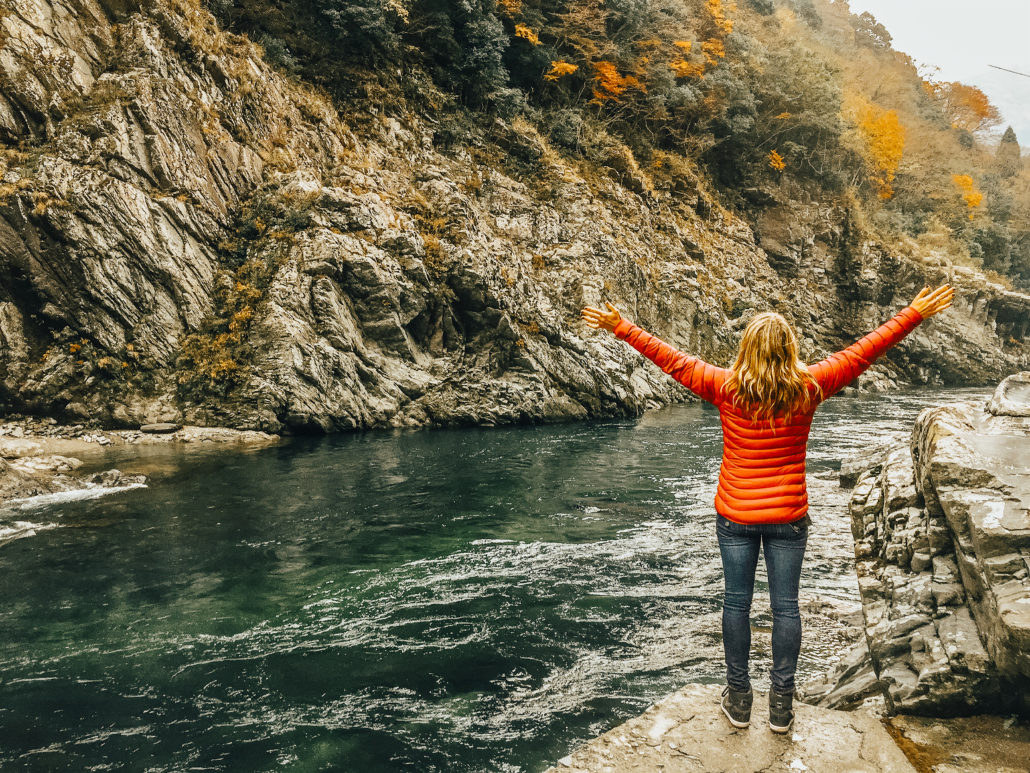
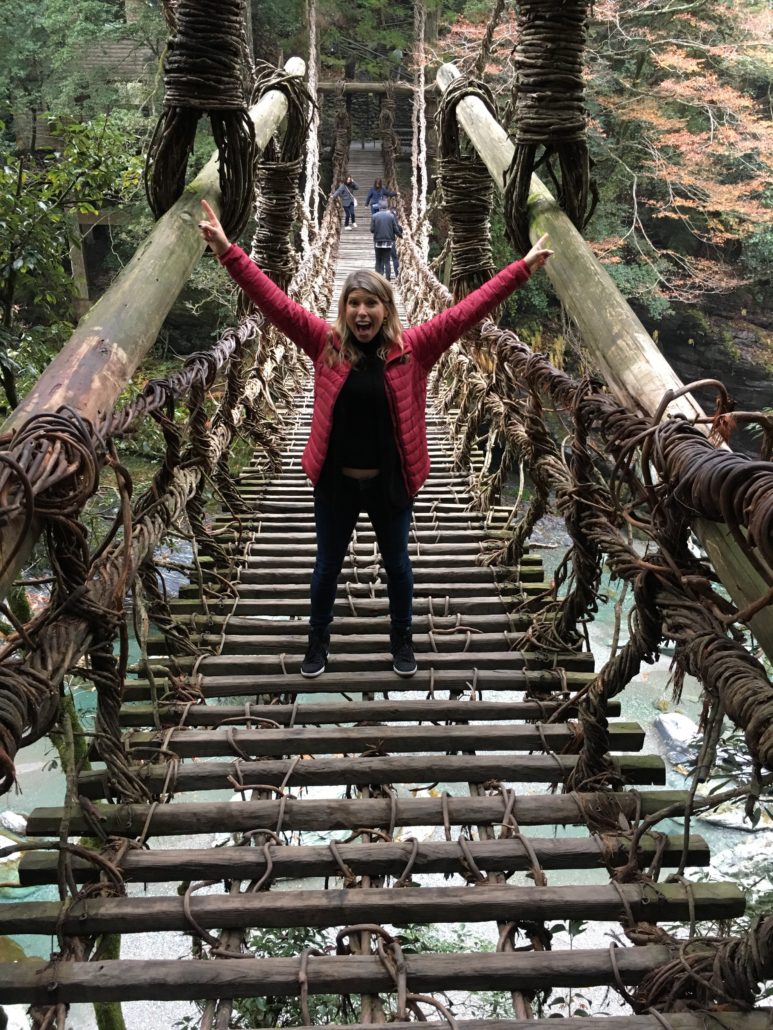
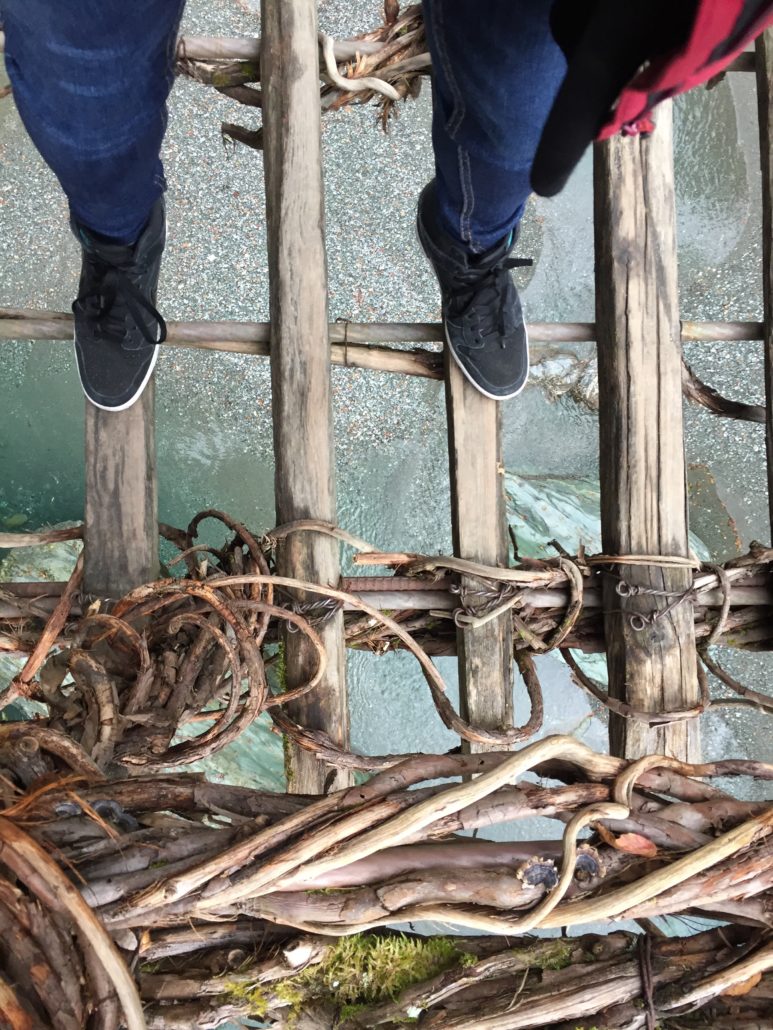
 Connect with Kelley
Connect with Kelley


